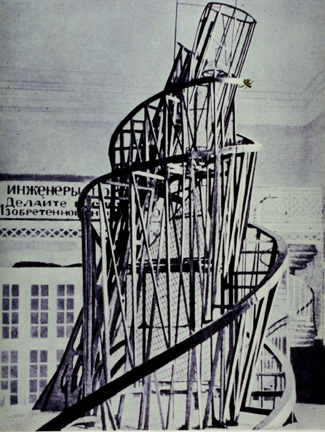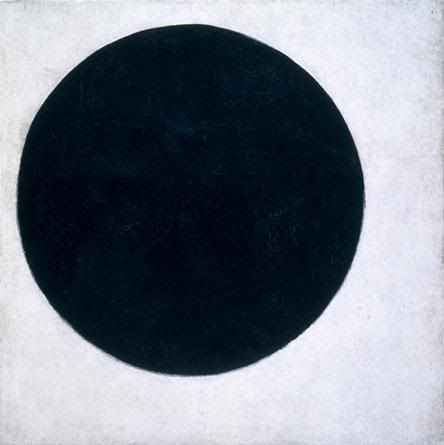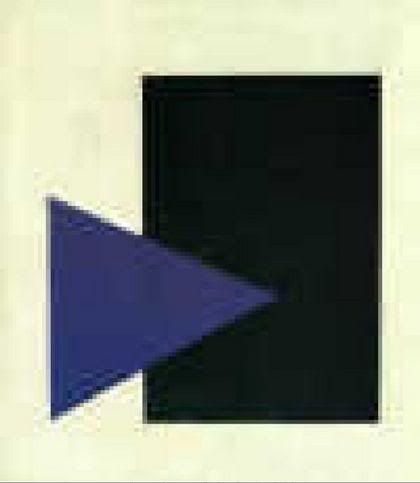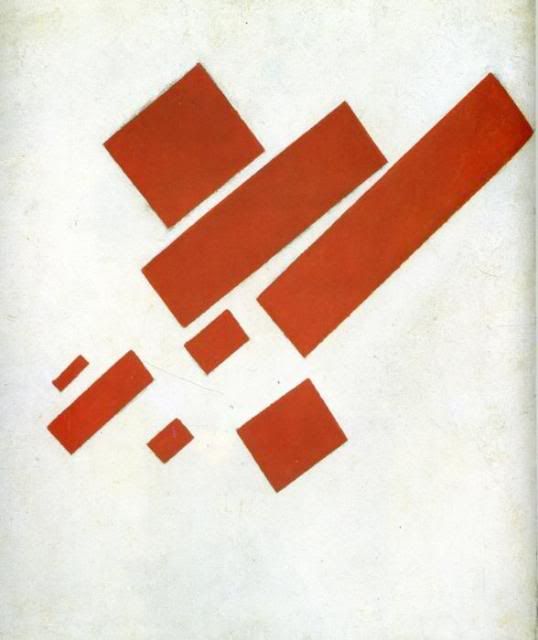 Frank Lloyd Wright loved nature and it was expressed consistently through his works. His buildings never had a basement or attic, mimicking a horizontal plane. The ceilings were always low (possibly to compensate for his small stature) and the windows were often uninterrupted walls so that one would feel closer to nature. His simplistic houses served as inspiration for a new style of architecture in the Midwest called the Prairie School. He would later become one of its chief practitioners.
Frank Lloyd Wright loved nature and it was expressed consistently through his works. His buildings never had a basement or attic, mimicking a horizontal plane. The ceilings were always low (possibly to compensate for his small stature) and the windows were often uninterrupted walls so that one would feel closer to nature. His simplistic houses served as inspiration for a new style of architecture in the Midwest called the Prairie School. He would later become one of its chief practitioners.In his lifetime, Wright's style began to grow rapidly in popularity in the United States and Europe. As his popularity grew, he made more dramatic structures. When he built skyscrapers, they mimicked trees with a central trunk and branches coming out. He loved to use natural elements and forms. It was his dream for these natural elements to become the basis of American architecture.
 Wright's biggest project was the Taliesin which was an architectural fellowship where young students could pay to work and learn from him. He gathered a total of thirty apprentices. He would continue to expand as the number of apprentices grew. Through the Taliesin Fellowship, Wright was able to create the Kaufmann House in Pennsylvania and the SC Johnson Wax Administration Center in Wisconsin.
Wright's biggest project was the Taliesin which was an architectural fellowship where young students could pay to work and learn from him. He gathered a total of thirty apprentices. He would continue to expand as the number of apprentices grew. Through the Taliesin Fellowship, Wright was able to create the Kaufmann House in Pennsylvania and the SC Johnson Wax Administration Center in Wisconsin.I personally am not the biggest fan of Frank Lloyd Wright's style. While it is extremely luxurious and undeniably interesting, it isn't very practical. I feel like no one would ever live in buildings like his and therefore have no value in the real world.
- Tyler Pey










